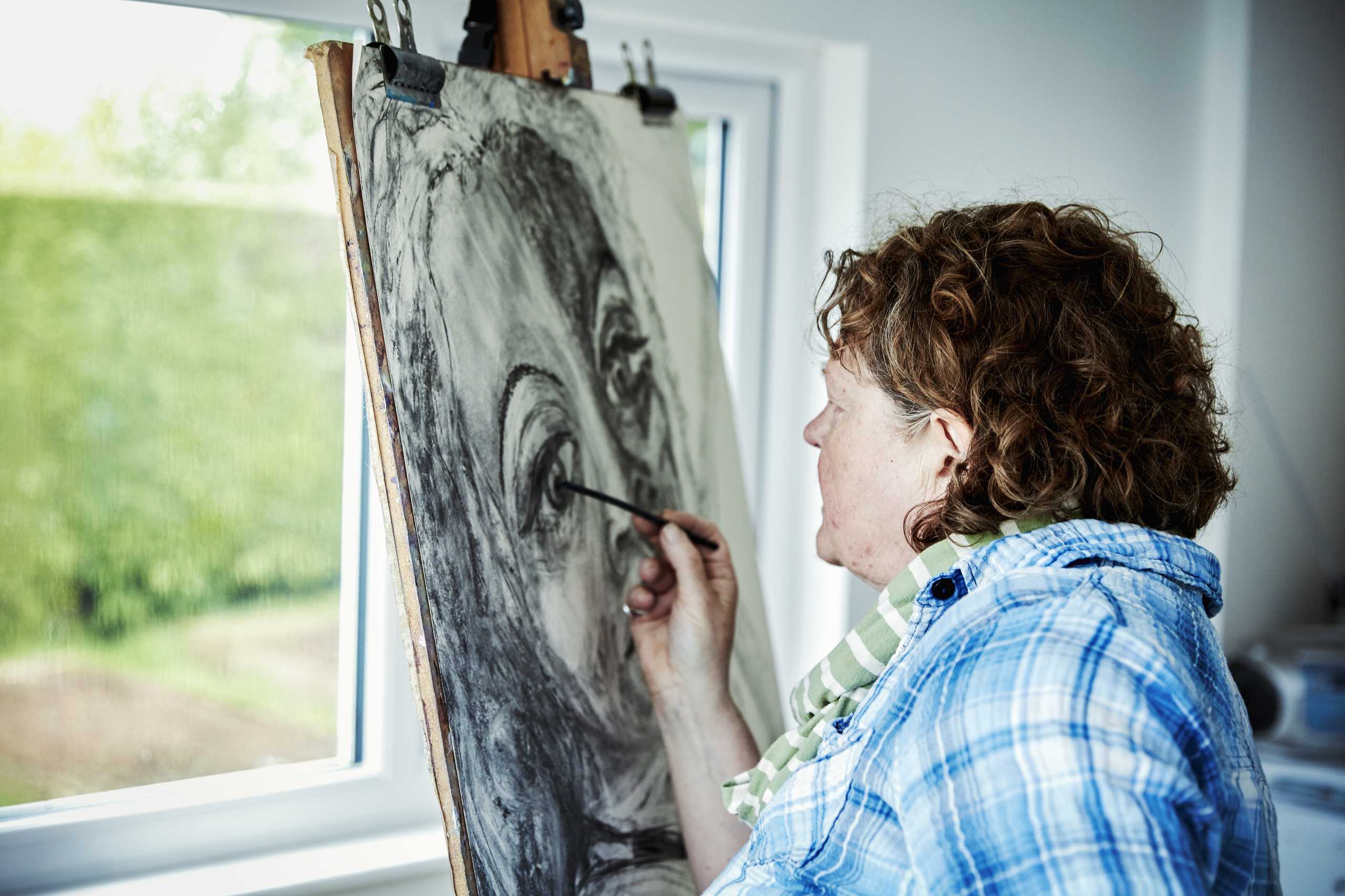Our Location
304 North Cardinal St.
Dorchester Center, MA 02124

Light and shadow are the foundation of any great portrait. Properly understanding how they interact can dramatically improve your retouching results, giving depth, mood, and dimension to every image. A skilled retoucher uses light not just to correct, but to enhance storytelling.
Before editing, analyze the natural or artificial light in the photo:
Mastering these subtleties ensures your edits feel natural and professional.
For more creative retouching:
These techniques not only enhance visual appeal but also guide the viewer’s eye naturally to the focal points.
Every portrait tells a story, and light is the silent narrator. Consider:
By combining technical precision with artistic intent, you can transform a simple photograph into a compelling visual narrative.
Light and shadow are more than just tools—they are powerful instruments for storytelling in portrait retouching. Learning to manipulate them thoughtfully allows your edits to feel authentic, dynamic, and visually captivating. Every portrait becomes an opportunity to sculpt reality into art.